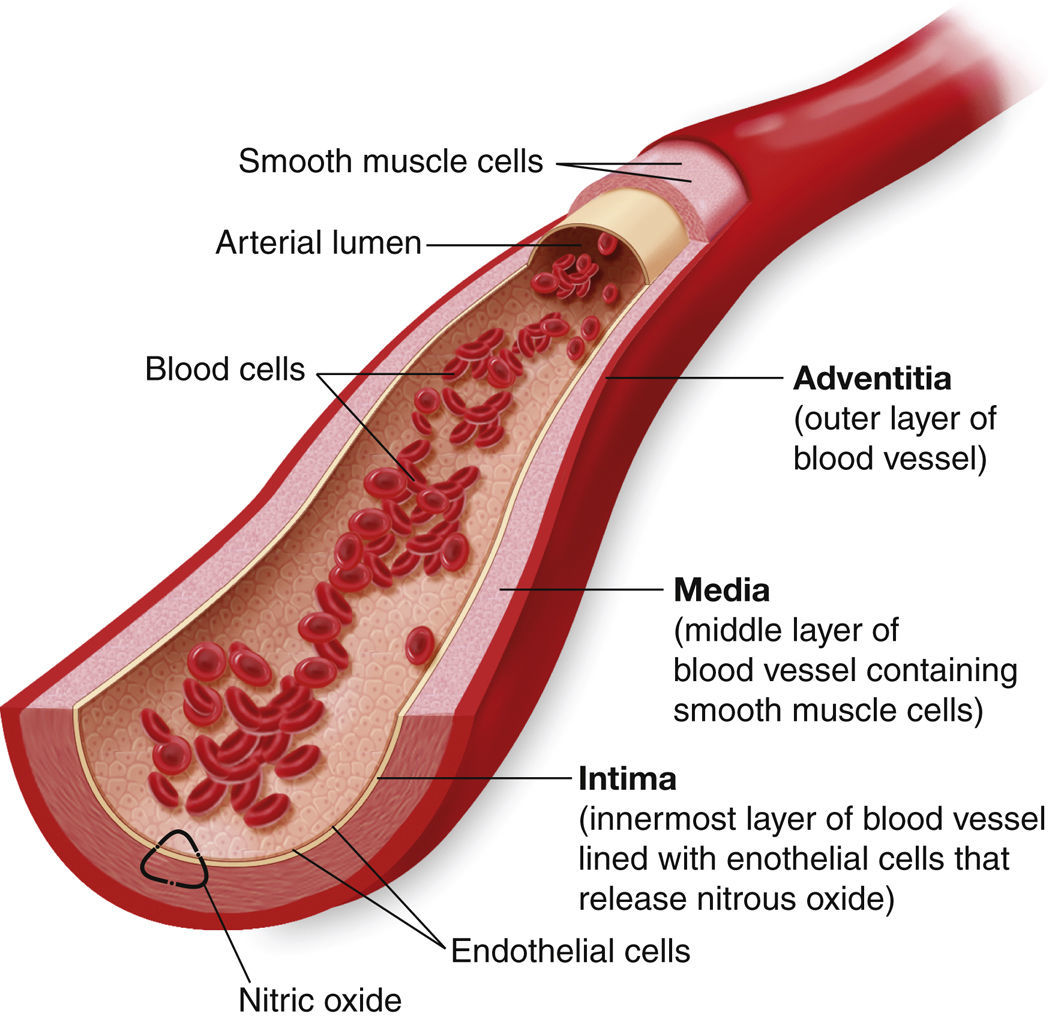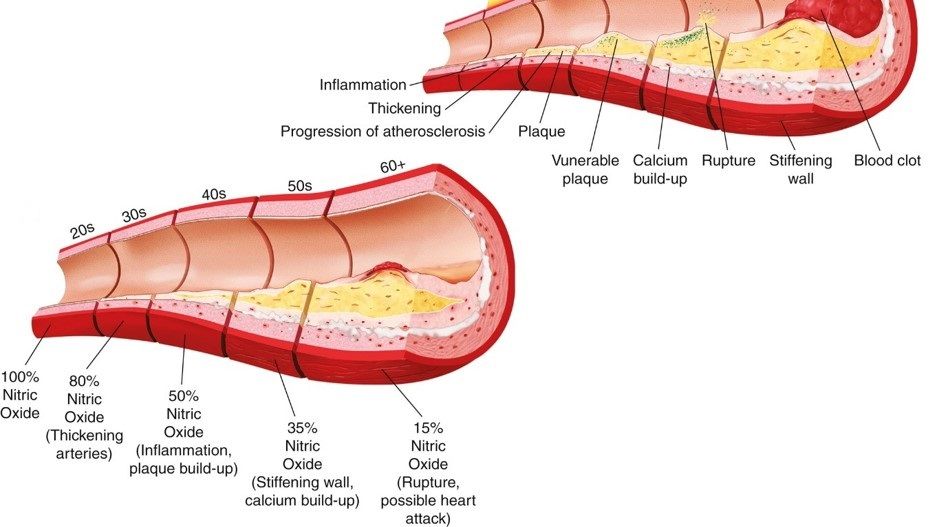Cardiovascular disease (CVD) remains the number one killer of men and women worldwide. This blog is to educate on this common but little known disease defined as early vascular aging. In this piece, you will also be informed about the risk factors and the effective methods of diagnosing early vascular aging. Lastly we provide some information on available resources that can be employed to control this process.
As you might have heard, that the life of the body is in the blood. Our blood contains many cells and proteins which build and strengthen our defense, repair and healing systems. So when the blood vessels aged whether normally or early for a number of reasons, they reduce or completely stop the blood flow in the small terminal end arteries which actually provide the blood from reaching our cells(micro-circulation). Our blood vessels are mainly two types: the arteries and the veins. The arteries delivers the oxygen and nutrients to all tissues and cells at the capillary levels in the microcirculation. At the other end of the capillaries (within the tissues), the venules collect together the less oxygen blood and drains them back to the heart for oxygen and nutrients through the veins and the circle of life continues.
Before proceeding further, it will be good to look at artery-see the diagram below.
 | You will notice there is an inner lining of the blood vessels which is made of a single layers of cells which we call endothelial cells. These cells produce Nitric Oxide (NO) which is a powerful relaxant of the blood vessel wall and maintain the integrity of the entire cardiovascular system. These sheet of cells extends all over the inner lining of the vessels, heart and the lymphatic system and they are generally referred to as vascular endothelium. These cells are particularly of important especially in the part of the terminal arteries (at microcirculation level) that carries nourishments to the cells. Our veins is the other aspect of blood vessel which carry the blood back to the heart. |
The endothelium is the largest endocrine organ and makes up over 14,000 square feet of surface area within the human body, enough cells to cover six and half tennis courts. The endothelium is responsible for a number of many critical physiological functions. The endothelium serves a critical role as a barrier and primary sensor of physiological and chemical changes in the blood stream. Endothelial cells are highly specialized to detect adverse physical, chemical, and mechanical stimuli (like blood pressure, pulsatile flow and shear stress). They are also involved in the regulation of blood flow through continuous modulation of vascular tone, primarily through the production of NO. When the endothelium is intact and functional, the cardiovascular system maintains its integrity and is protected from cardiovascular diseases (CVD). When the endothelium becomes dysfunctional, the cardiovascular system fails and CVD ensues.
Endothelial dysfunction or NO deficiency is the earliest events in the development of cardiovascular diseases (CVD). Correcting this deficiency is the evidence-based strategies for restoring vascular function to cure, treat, or prevent CVD. It is now abundantly clear that the treatment of CVD over the past 50 years has been unsuccessful by focusing on treating disease states without a great regard to restoring NO and in the prevention strategies. Therefore, the new paradigm is the prudent way. It focuses on the restoration of NO in healthy patients without CVD, early detection in patients at risk for CVD and in patients with apparent CVD. This is our first-line consideration in the treatment of CVD.
There are a number of reason for early vascular aging. Our gene is one factor; the others include age, environmental toxins, stress, poor diet, common drugs, hypertension, abnormal cholesterol pattern (not just elevated cholesterol), diabetes, smoking and obesity. All these factors seeks to first attack the endothelium to reduce our NO.
Diagram below depicts the average reduction of NO as we age the product of the injury is the plaque which stiffen our vessels:
 | Our doctors are equipped with the tools to diagnose and recognize NO insufficiency, early vascular dysfunction, as well as natural and effective treatments and preventative measures for CVD. Book an appointment with our doctors to learn more of what we can do to help. Prevention is better than the cure. |

